Hyundai looks to its history for the car of the future
As featured in our February 2020 Wallpaper* Design Awards Issue, Hyundai's latest concept car, the Hyundai 45, is a combination of intelligent interior design and eco-conscious engineering inspired by the company's historic 1970s icons
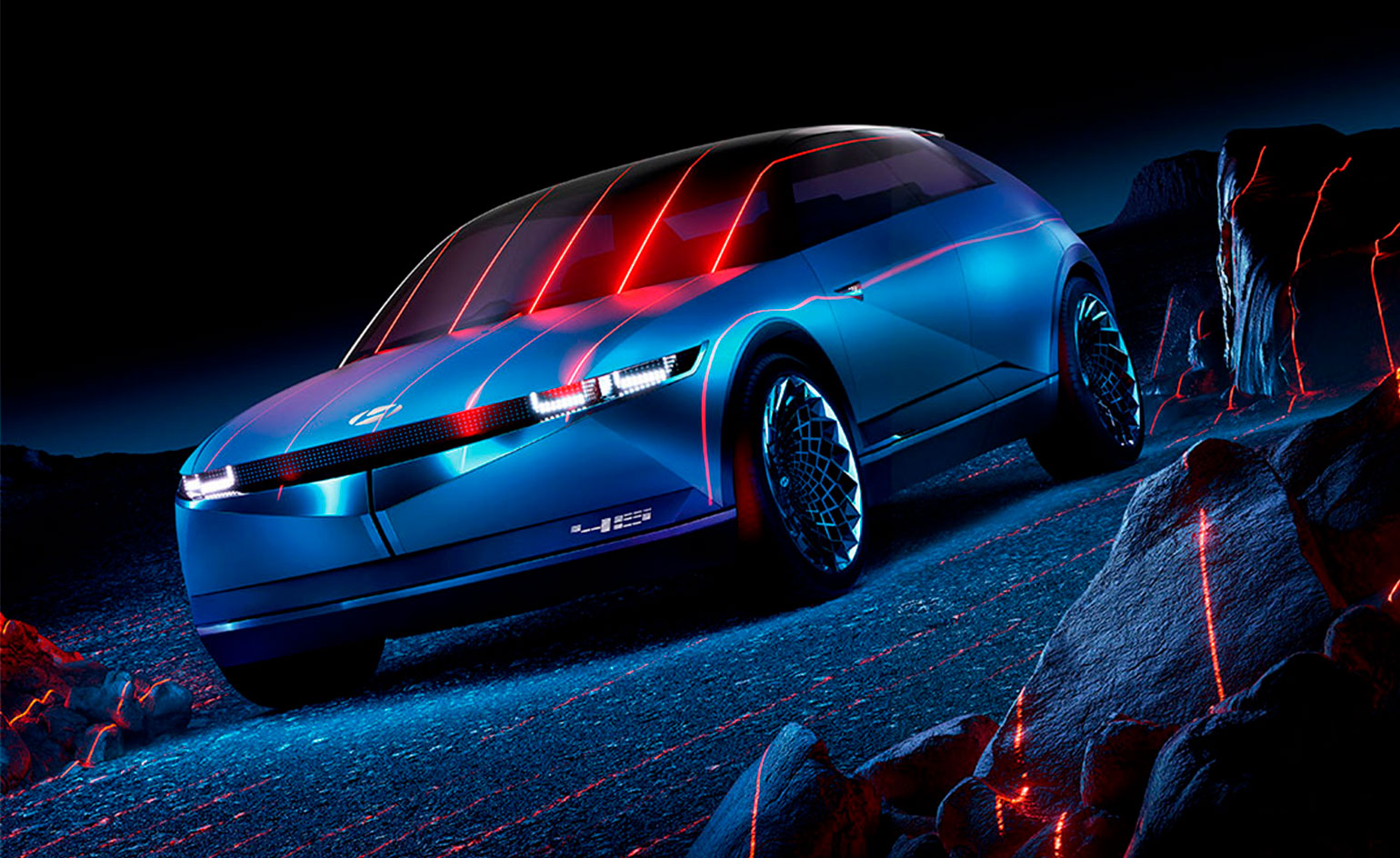
It’s unusual to find a concept car with such purity of vision. One of the stars of 2019’s Frankfurt Auto Show, the all-electric Hyundai 45 design concept manages that rare trick of blending far-reaching innovations with nods to past glories. ‘It’s our EV vision,’ says SangYup Lee, head of the Hyundai Design Center. ‘In markets like Europe, we’re pushing really hard on electric vehicles. We're trying to find the right design story.’ Lee admits that we’re living through a very ‘digitised era for transport’. In contrast, the 45 brings a bit of old-school charm back to car design. ‘We want our designs to be warm and inviting, which is why we’ve added analogue touches, inside and out,’ he says.
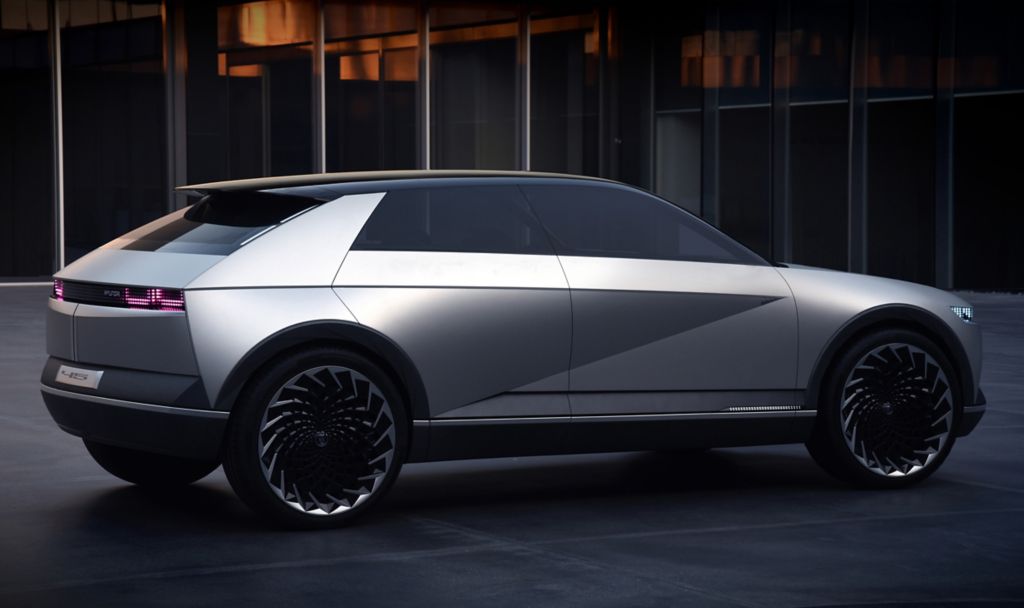
Hyundai 45 Concept
The jumping off point for the new vehicle is Hyundai’s 1974 Pony Concept, a pioneering mono-box design by Giorgetto Giugiaro at Italdesign. It was part of his portfolio of 1970s icons, including the first Volkswagen Golf, that set the small-car design template for decades. ‘There are no mono-box cars these days,’ Lee laments, pointing out the plethora of SUVs and crossovers that have taken their place. ‘There’s a bit of nostalgia for our first concept,’ he admits, but while the Pony Concept had an angular, wedge-shaped stance, the 45 is rather more refined, with surfaces, creases and folds that were simply impossible all those years ago.
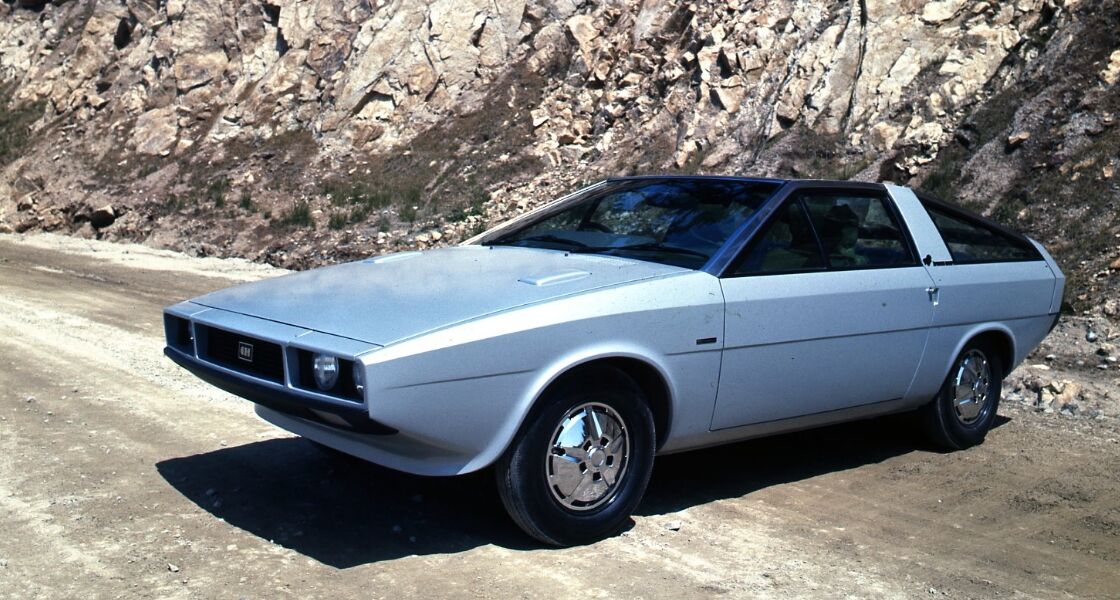
Hyundai Pony Coupe concept, first shown at the 1974 Turin Motor Show
Nevertheless, 45-degree angles are still plentiful, a sharp contrast to the organic forms of much contemporary car design. The slim LED lamp patterns, front and rear, evoke blocky 8-bit graphics. Even the off set ‘Hyundai’ logo is another nod to the 1970s. ‘We had a lot of fun developing the car,’ Lee admits. Inside, the long cabin and flat floor give the car the feel of a living space, not a vehicle. ‘It almost feels like the lounge in your own home,’ Lee says. Careful use of natural light and materials, with forms inspired by contemporary furniture, all add to the ambience.
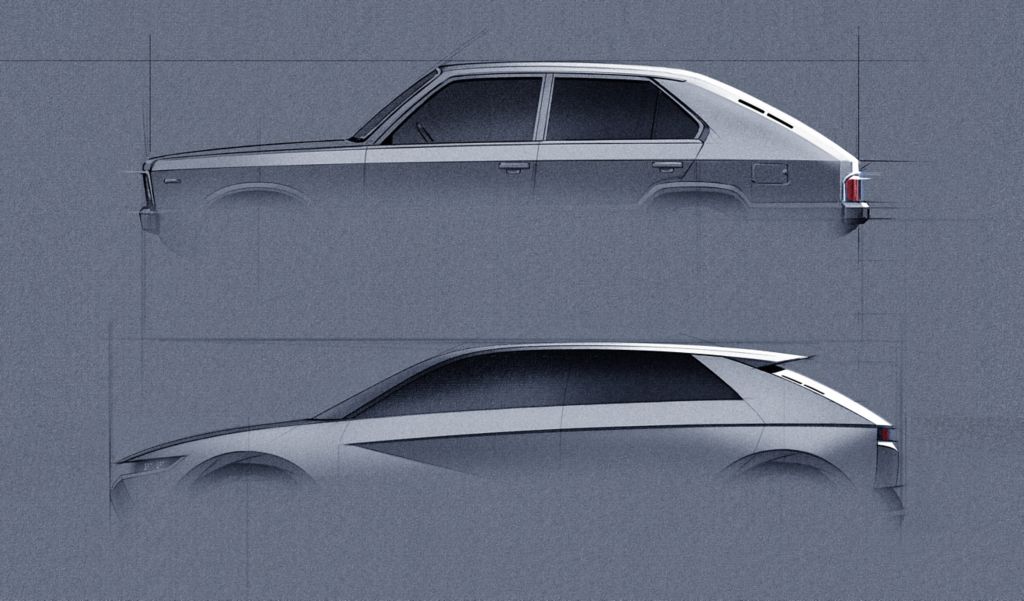
While Hyundai recently announced $35bn of investment in autonomous mobility and new drivetrain technology, the 45 reflects its more immediate focus of electrification – the Korean giant has hauled itself to the forefront of the EV market with cars like the Kona and Ioniq. ‘Some concept cars are what we call “flying carpets”,’ Lee says. ‘They look great but they are impossible [to build]. When you look at this car, it has. a definite potential. It means a lot to us.’ It could mean a lot more to the car buyer of the very near future.
Wallpaper* Newsletter
Receive our daily digest of inspiration, escapism and design stories from around the world direct to your inbox.
Jonathan Bell has written for Wallpaper* magazine since 1999, covering everything from architecture and transport design to books, tech and graphic design. He is now the magazine’s Transport and Technology Editor. Jonathan has written and edited 15 books, including Concept Car Design, 21st Century House, and The New Modern House. He is also the host of Wallpaper’s first podcast.
-
 Put these emerging artists on your radar
Put these emerging artists on your radarThis crop of six new talents is poised to shake up the art world. Get to know them now
By Tianna Williams
-
 Dining at Pyrá feels like a Mediterranean kiss on both cheeks
Dining at Pyrá feels like a Mediterranean kiss on both cheeksDesigned by House of Dré, this Lonsdale Road addition dishes up an enticing fusion of Greek and Spanish cooking
By Sofia de la Cruz
-
 Creased, crumpled: S/S 2025 menswear is about clothes that have ‘lived a life’
Creased, crumpled: S/S 2025 menswear is about clothes that have ‘lived a life’The S/S 2025 menswear collections see designers embrace the creased and the crumpled, conjuring a mood of laidback languor that ran through the season – captured here by photographer Steve Harnacke and stylist Nicola Neri for Wallpaper*
By Jack Moss
-
 2025 Seoul Mobility Show report: all that's new and notable
2025 Seoul Mobility Show report: all that's new and notableOpened at a time of high national drama, the 2025 Seoul Mobility Show has gone on to underscore Korea’s place at the cutting edge of the auto industry. Guy Bird was there
By Guy Bird
-
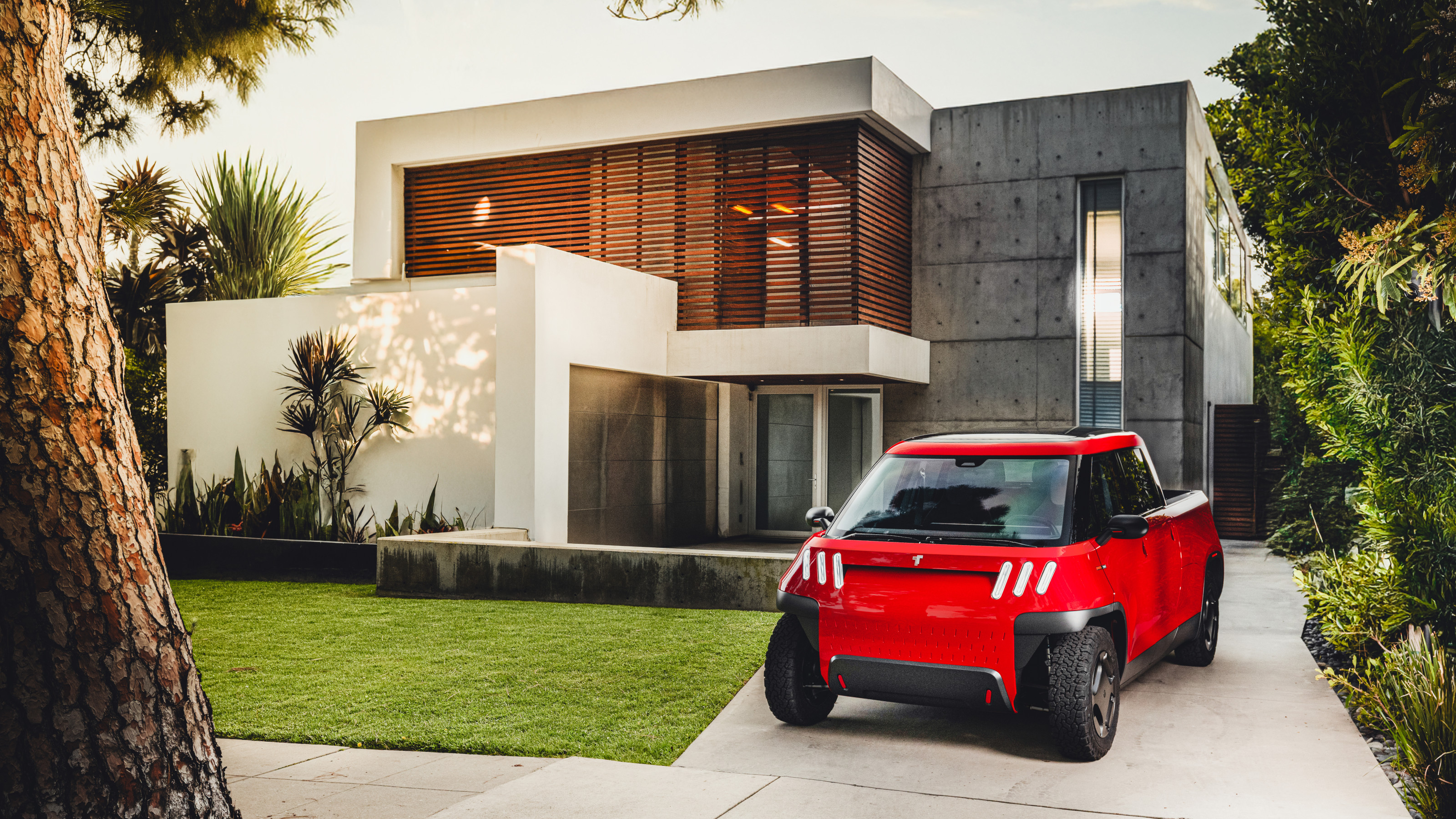 Meet the final drivable prototype of the Telo MT1 pickup truck, shaped by Fuseproject
Meet the final drivable prototype of the Telo MT1 pickup truck, shaped by FuseprojectThe Telo MT1 is a modestly scaled EV that turns the traditional all-American approach to pick-up truck design on its head
By Jonathan Bell
-
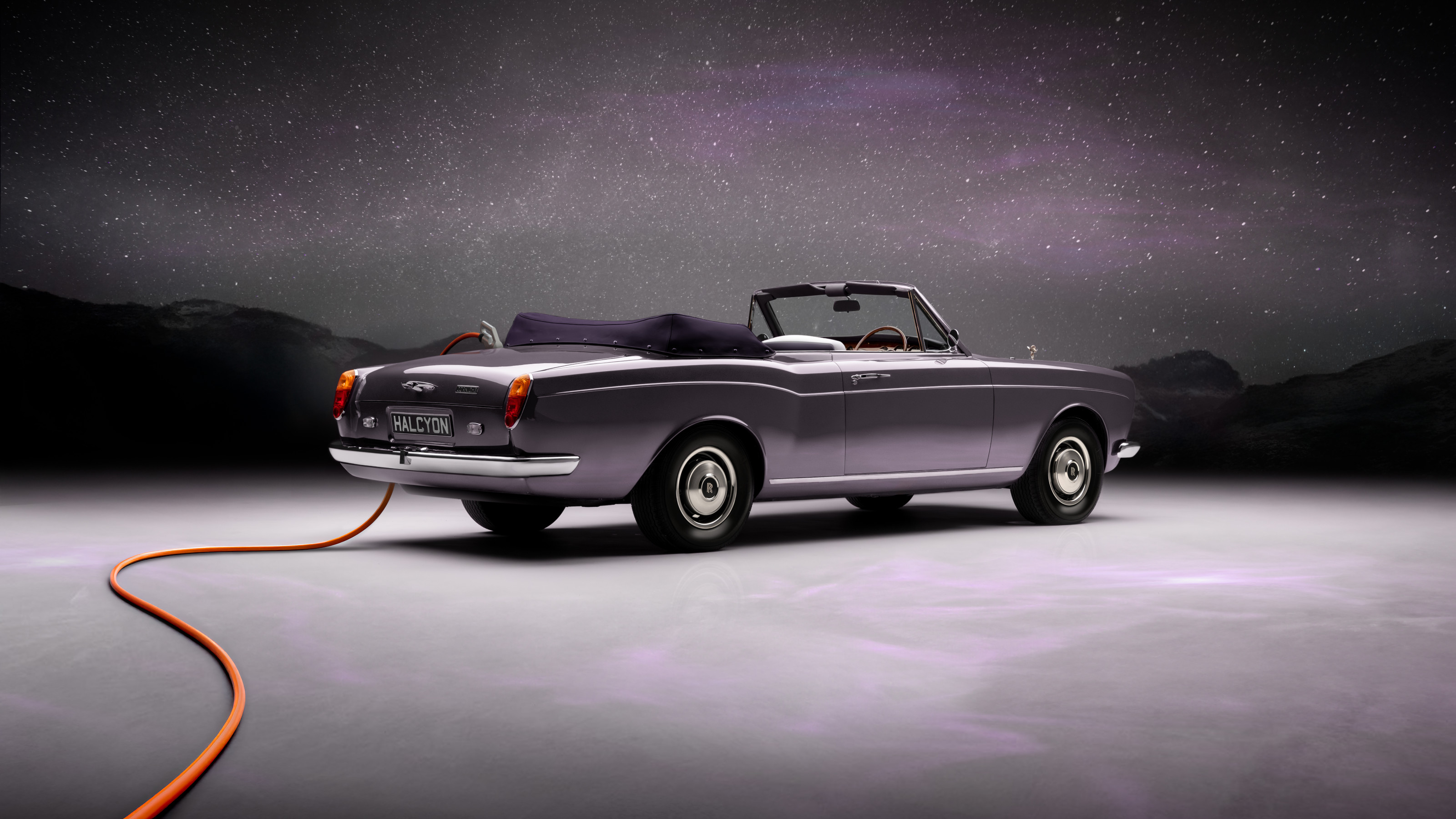 EV start-up Halcyon transforms a classic 1970s Rolls-Royce into a smooth electric operator
EV start-up Halcyon transforms a classic 1970s Rolls-Royce into a smooth electric operatorThis 1978 Rolls-Royce Corniche is the first fruit of a new electric restomod company, the Surrey-based Halcyon
By Jonathan Bell
-
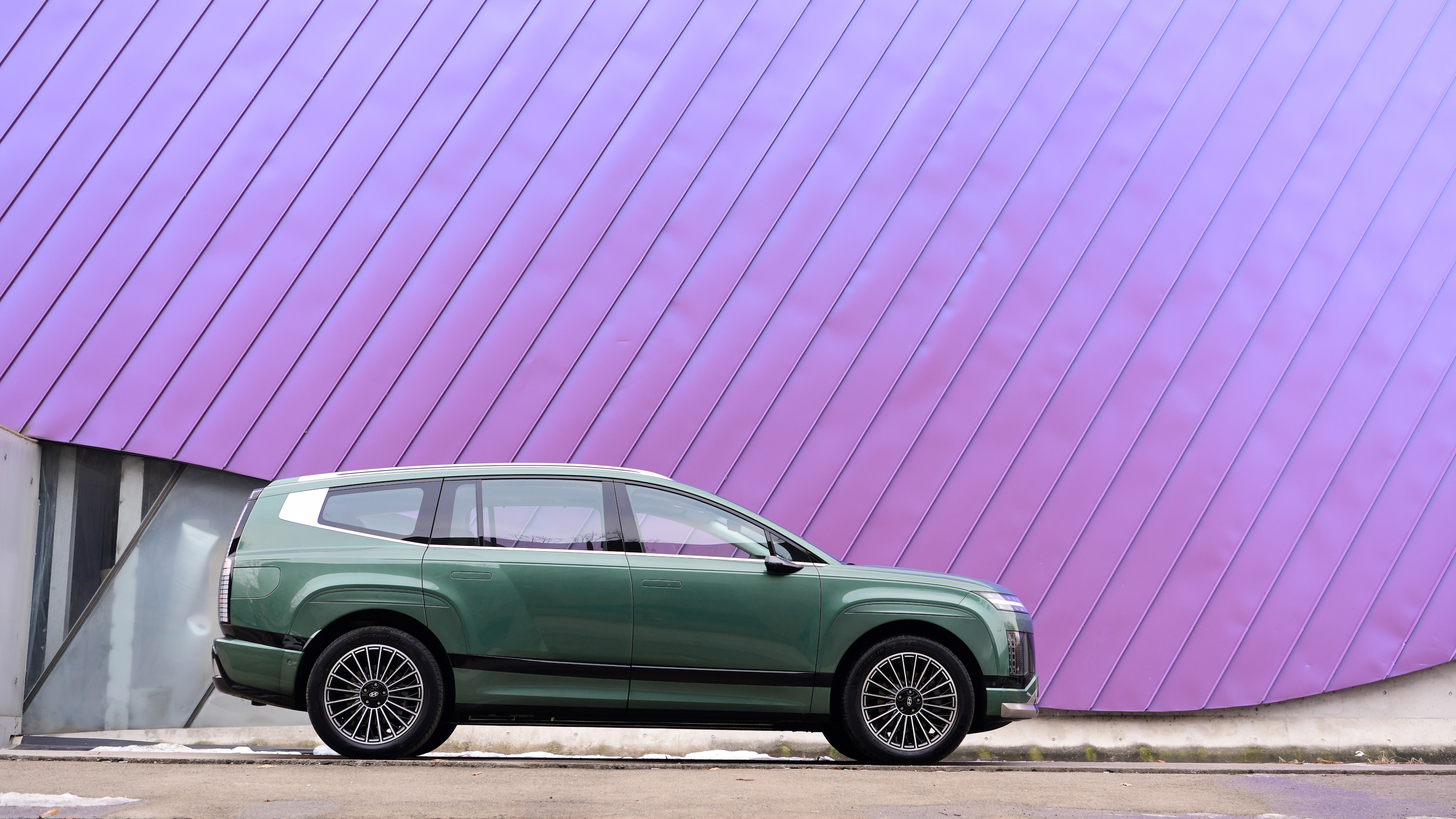 Long-range, refined and spacious, the new Hyundai Ioniq 9 is like a private jet on wheels
Long-range, refined and spacious, the new Hyundai Ioniq 9 is like a private jet on wheelsWallpaper* takes the Ioniq 9 on an electric road trip from Seoul to Busan to explore Hyundai’s newest and largest EV to date
By Jonathan Bell
-
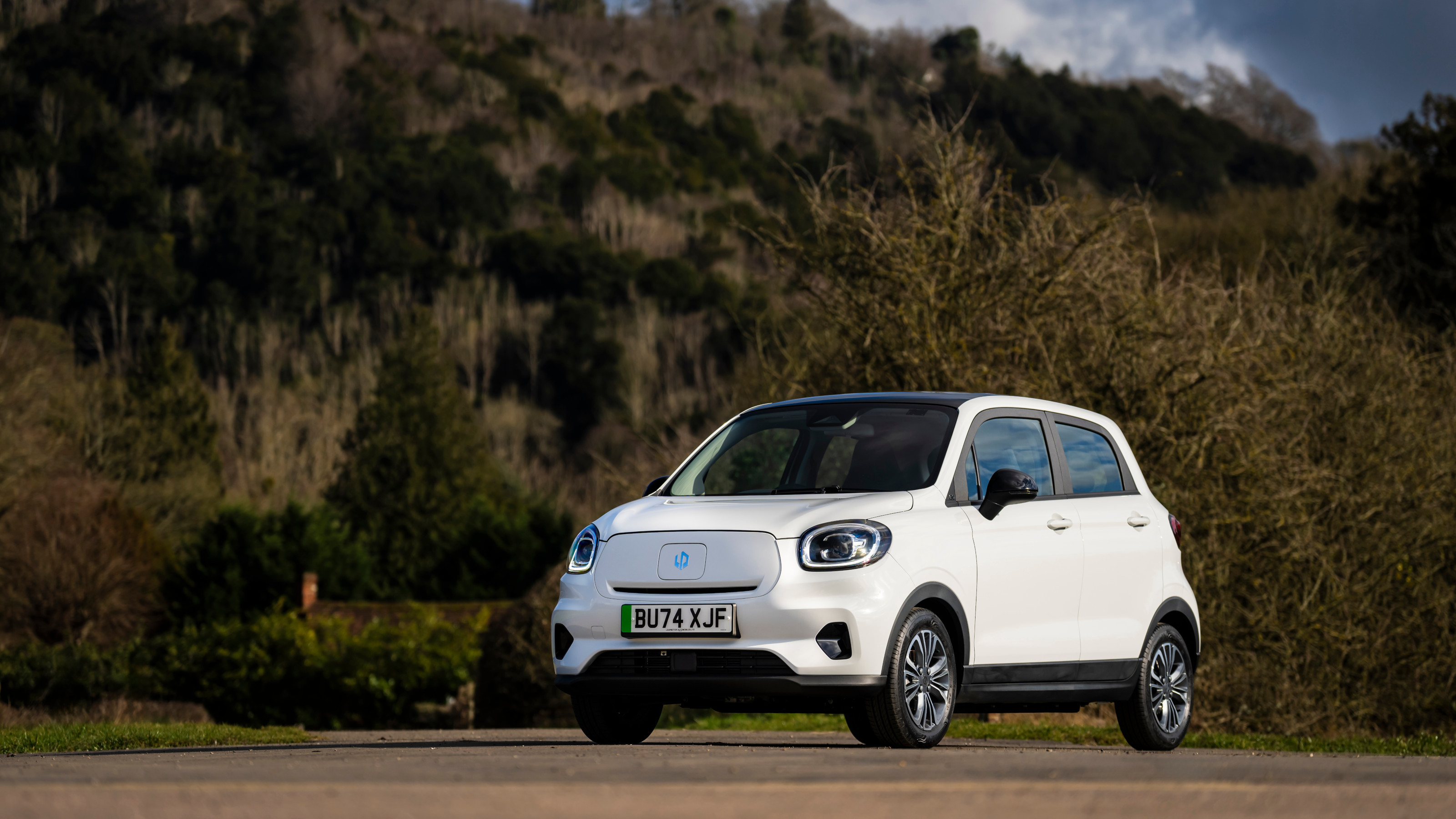 China’s Leapmotor pounces on the European car market with its T03 city car and C10 SUV
China’s Leapmotor pounces on the European car market with its T03 city car and C10 SUVLeapmotor’s tiny electric city car could be just the tonic for cramped urban Europe. We sample the T03 and its new sibling, the fully loaded C10 SUV, to see if the company’s value proposition stacks up
By Jonathan Bell
-
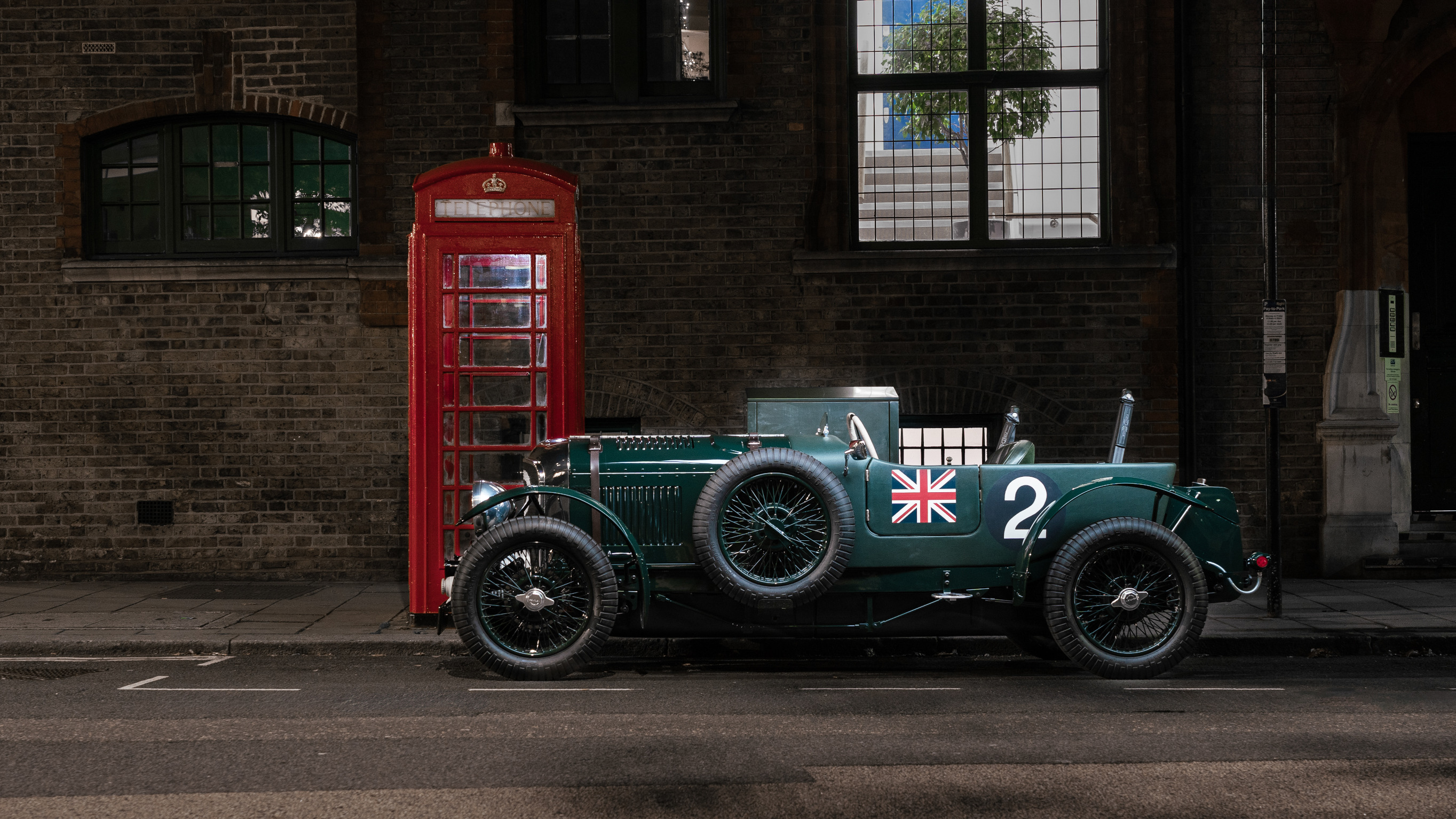 Wallpaper* takes the wheel of the Bentley Blower Jnr for a rich automotive experience
Wallpaper* takes the wheel of the Bentley Blower Jnr for a rich automotive experienceHedley Studios has shrunk the mighty Bentley Blower into this all-electric, road-legal barnstormer. We take it to the streets of London
By Jonathan Bell
-
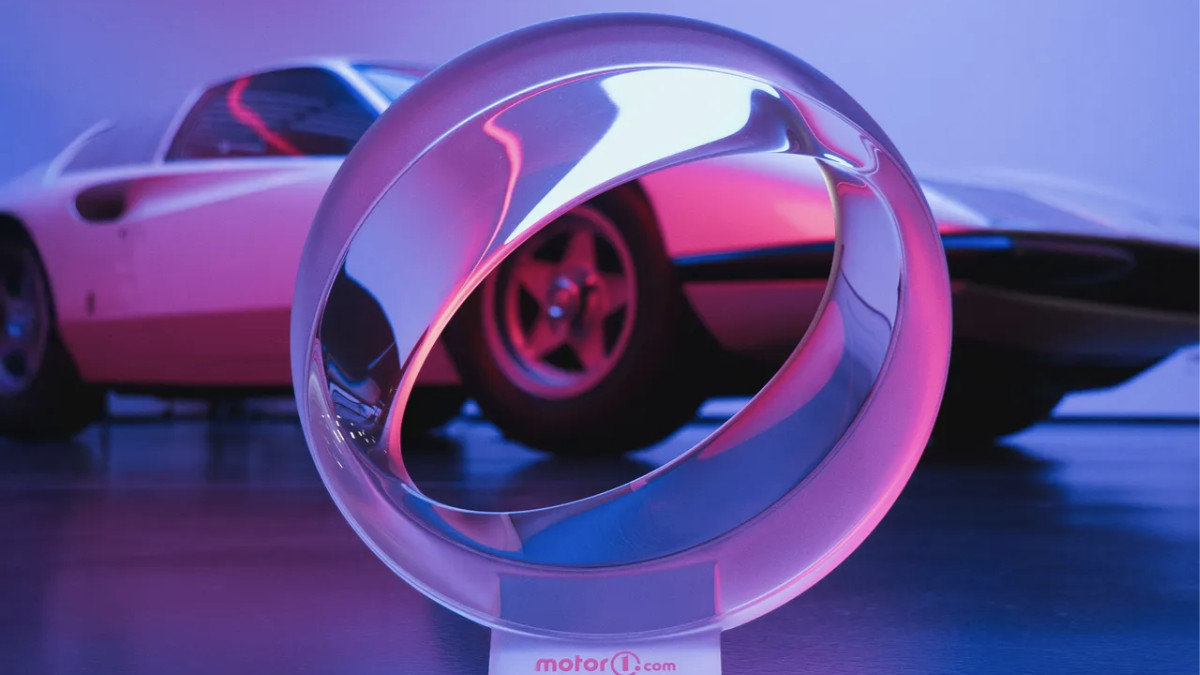 We are the world: Pininfarina’s ‘Orbis’ taps Papal support for an eco-friendly agenda
We are the world: Pininfarina’s ‘Orbis’ taps Papal support for an eco-friendly agendaThe Orbis is a ‘symbolic object’, a gift to Pope Francis from the Italian design agency at a time of political upheaval and social fracture around all aspects of sustainability
By Jonathan Bell
-
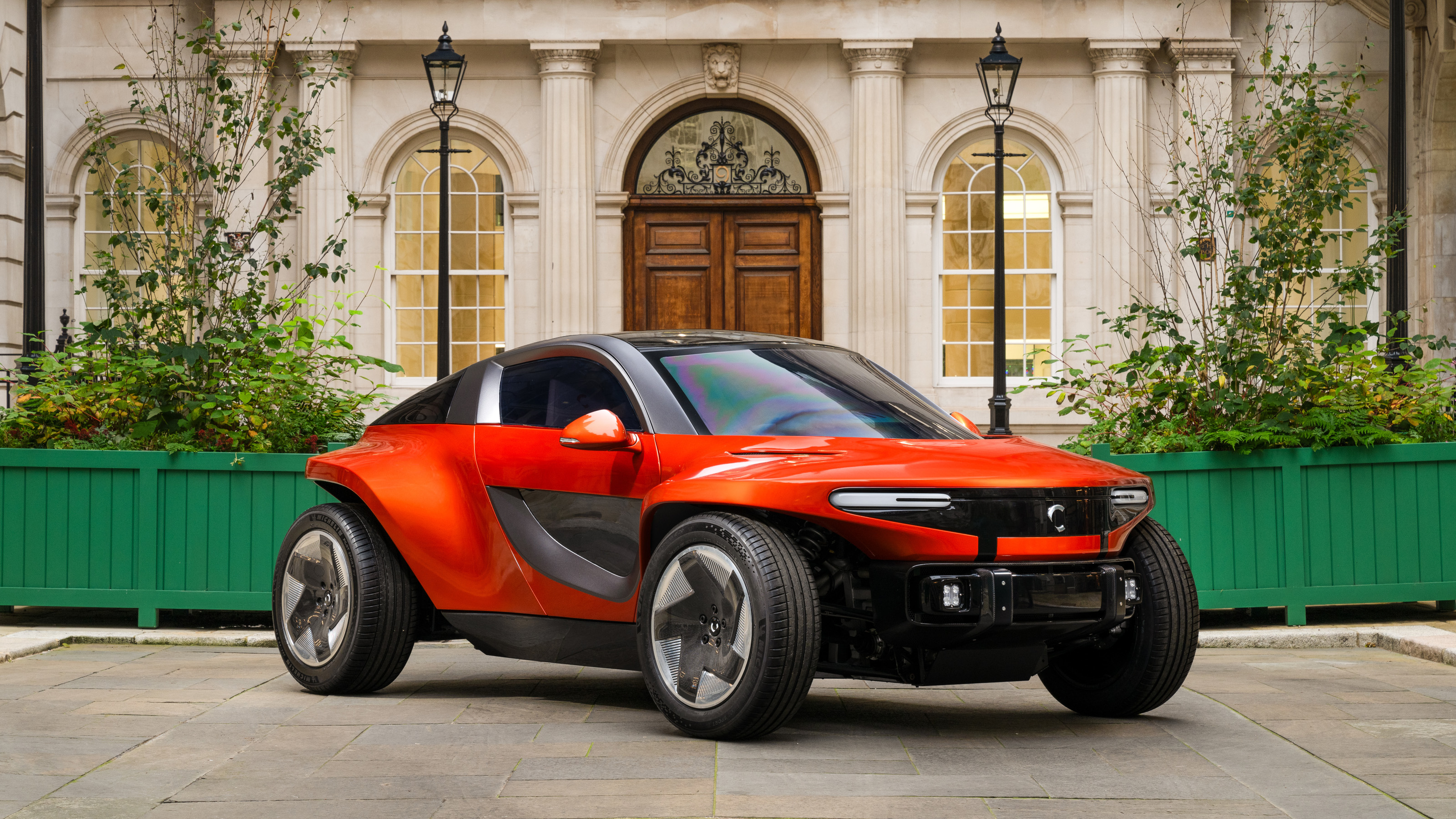 The exclusive Callum Skye EV reveals its interior style ahead of a 2025 launch
The exclusive Callum Skye EV reveals its interior style ahead of a 2025 launchThe Skye is a bespoke sporting EV with a lightweight ethos and an unconventional design. The forthcoming car now has a fully finished interior
By Jonathan Bell